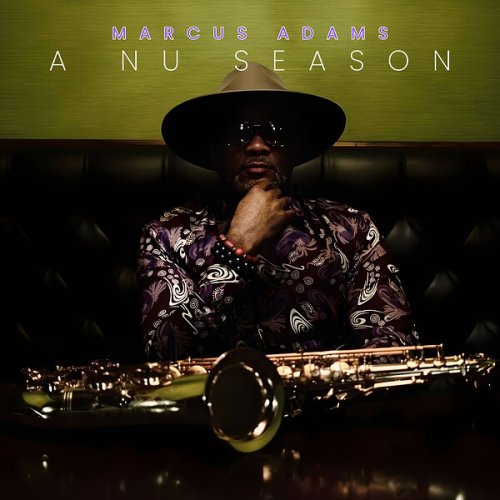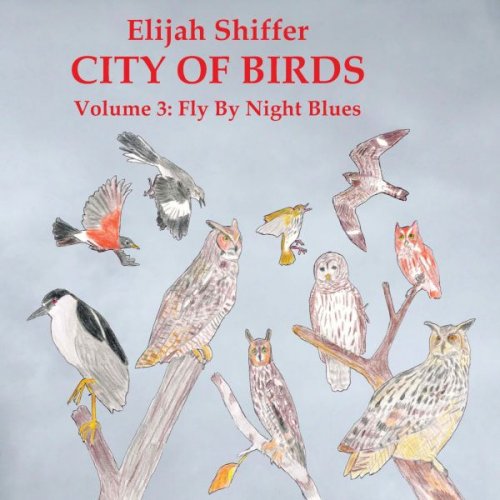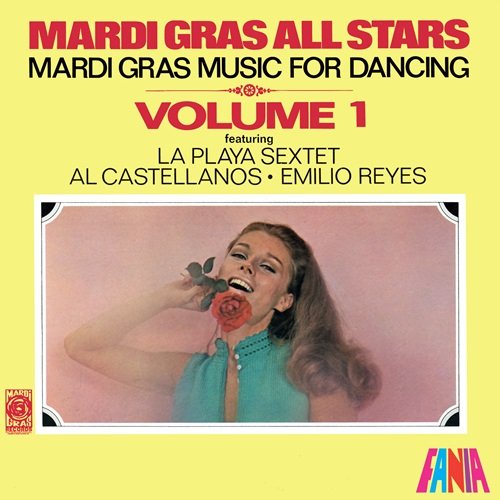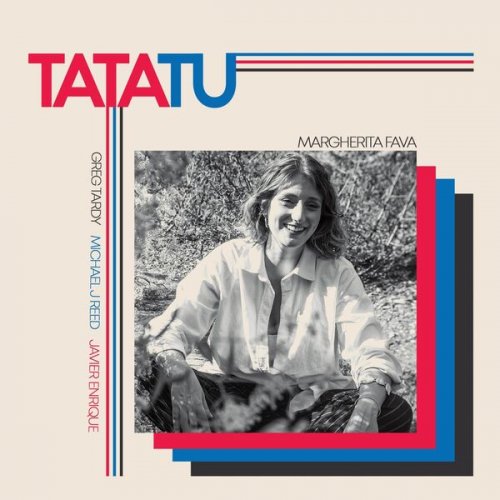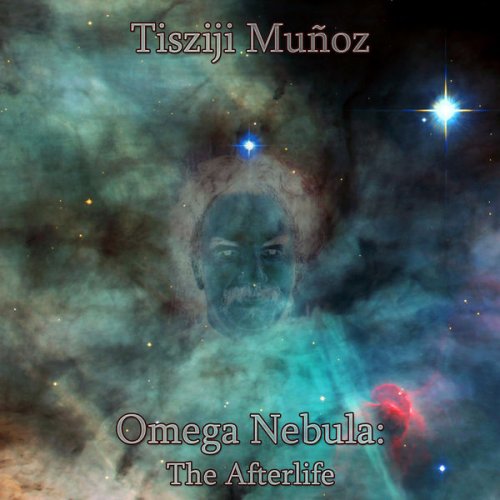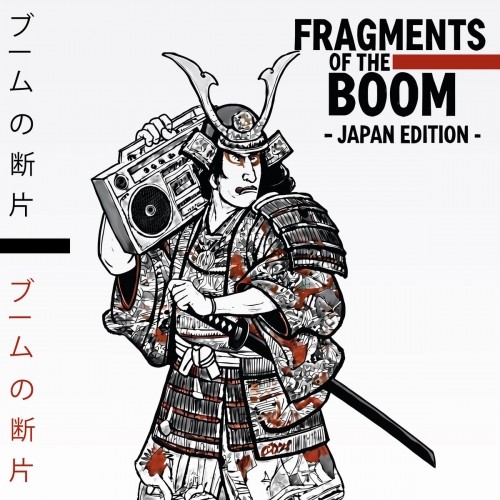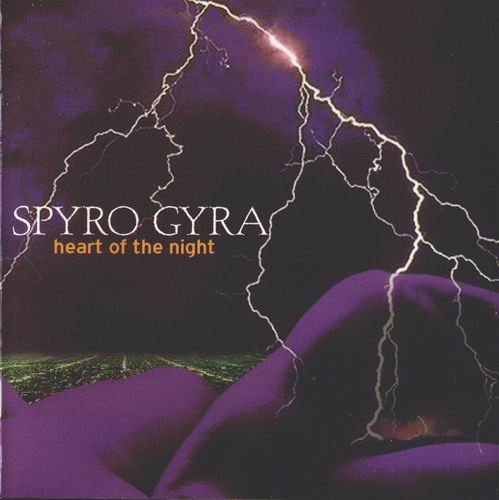Truro Cathedral Choir - Orlando Gibbons: Peace On Earth (2007)
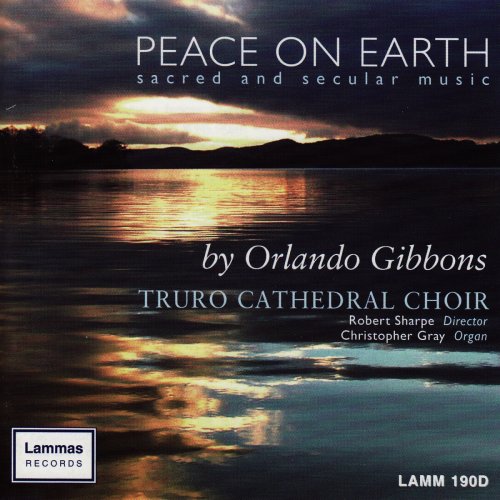
Artist: Truro Cathedral Choir
Title: Orlando Gibbons: Peace On Earth
Year Of Release: 2007
Label: Lammas
Genre: Classical
Quality: FLAC (tracks)
Total Time: 01:06:54
Total Size: 263 MB
WebSite: Album Preview
Tracklist:Title: Orlando Gibbons: Peace On Earth
Year Of Release: 2007
Label: Lammas
Genre: Classical
Quality: FLAC (tracks)
Total Time: 01:06:54
Total Size: 263 MB
WebSite: Album Preview
01. The Silver Swan - [01:09]
02. Song 1 - [01:21]
03. Almighty and Everlasting God - [02:33]
04. Great Lord of Lords - [04:34]
05. Galliard - [02:31]
06. Song 46 - [01:33]
07. If Ye Be Risen Again With Christ - [04:39]
08. Prelude - [02:20]
09. Hosanna to the Son of David - [02:52]
10. Nay Let Me Weep - [08:39]
11. This is the Record of John - [04:38]
12. O Thou, The Central Orb - [04:13]
13. Ground - [03:22]
14. O God, the King of Glory - [04:02]
15. O Lord, In Thy Wrath - [03:31]
16. What Is Our Life - [04:16]
17. Pavan - [03:21]
18. Song 44 - [01:21]
19. See, See, the Word is Incarnate - [06:08]
Orlando Gibbons came from a family of musicians. His elder brother Edward was Master of the Choristers at King’s College Cambridge, and he himself was a chorister there until 1598, becoming a college student the following year. His son Christopher became a famous keyboard player and organist of Winchester Cathedral, only to see the great organ broken down and the choral services stopped by the soldiers of the Commonwealth.
Orlando was likewise best known in his time as a keyboard player. He became the private virginals player to Prince Charles, then organist both of the Chapel Royal of James I and of Westminster Abbey, though neither of those positions involved choir-training. Some hint of the universal high regard in which he was held is given in an account of a royal ceremony: “...the organ was touched by the best finger of that age, Mr Orlando Gibbons...”
In 1625, James I died and the court moved to Canterbury to await the arrival of Charles I’s new queen, Henrietta Maria, from France. While they were there, Gibbons himself died suddenly, on Whitsunday. That is the reason that his monument is to be found in Canterbury Cathedral - he had no other connection with the city.
Like Monteverdi, his Italian contemporary, Gibbons lived at a time when Renaissance polyphony was at the peak of perfection but the new dramatic style which we call Baroque (the word implies ‘quirky’ or ‘misshapen’) was also making a first appearance. He was arguably the greatest of all English composers of imitative counterpoint but at the same time his solo vocal lines often have a declamatory exuberance which was entirely new and which led directly to the extrovert compositional style of the Lawes brothers and of Purcell.
It is always surprising that the total output of one of England’s greatest and most influential composers is actually comparatively small, but all of it is of the highest quality. His keyboard music is mercifully free of the empty passage-work that afflicted many of the Elizabethans and his chamber music for a consort of viols is full of the most remarkable invention, but it is for his vocal music that he was, and remains, best known.
The First Set of Madrigals and Mottets, apt for Viols and Voices, published in 1612 (Gibbons never went on to write a second set) is a group of songs to words apparently chosen by Sir Christopher Hatton. They are all solemn, thoughtful texts, which give no opportunity for treatment in the familiar Elizabethan madrigal style, in which the varying emotions of the words call for constantly changing musical styles. Most of them are consort songs, in which one leading voice part can be accompanied either by other voices, or by viols or by a keyboard instrument, whichever is available; they are domestic music which does not call for vocal display but makes its effect by the interplay of the lines and the gentle suspensions. On this recording, the songs are given to solo boys’ voices, with the chamber organ.
The immediate cause for the publication of the First Set was the sudden death from typhoid of Henry, Prince of Wales, who in 1612 was aged 18 and about to be married. The words of the three-part elegy Nay let me weep were probably written by Sir Walter Raleigh, who had been imprisoned by James I on a conspiracy charge and championed by Henry. The text of the more familiar madrigal What is our life is definitely by Raleigh, taking up the Shakespearean notion of human life as a play on the stage. The Silver Swan is probably Gibbons’s best loved piece, the simplicity and sweetness of the harmony matching the anonymous poem which probably refers to the untimely death of Prince Henry.
Of Gibbons’s religious music, the only pieces published in his lifetime were a small collection of Hymns and Songs of the Church (1623) to words by George Wither. Wither was the first English writer of hymns as independent poetic compositions, rather than versifications of parts of the bible, the fore runner of George Herbert and Henry Vaughan. Gibbons provided melodies with basses for the poems, and some of them are still in use as church hymns today, though in simplified forms and set to words more suitable for congregational use. Song 1 is sung nowadays to Eternal ruler of the ceaseless round, the first two lines of Song 46 to Drop, drop slow tears, and the first four lines of Song 44 to Forth in thy name, O Lord, I go.
Gibbons’s anthems could only be circulated in manuscript form, but judging from the large number of extant copies of them they were widely known and enjoyed. They are of two kinds. Full anthems are intended to be sung by the full choir throughout; they are polyphonic compositions of great richness and can be sung unaccompanied, as in this recording, or with discrete organ support. Verse anthems have sections for soloists or small groups of singers and need instrumental participation. Gibbons’s verse anthems were provided with alternative accompaniments for viol consort or for organ, and of course the latter is more normal for everyday modern performances. Gibbons was not the first composer to write verse anthems - notable compositions by Morley and Byrd are in common use - but he was the first to write fully unified examples with continuous, contrapuntal instrumental parts.
The most popular of these anthems at that time was the earliest, This is the record of John, written for Dr Laud, the president of St John’s College, Oxford. A single countertenor voice, with five viols or organ, dramatically recounts an event from the first chapter of St John’s gospel, each of the three solo sections being taken up and expanded by the five-voice chorus.
O God, the King of Glory is a more sophisticated piece with varying groups of soloists, showing the composer’s ability to get to the heart of a theological text, in this case an Ascensiontide collect. If ye be risen again with Christ, from the third chapter of the epistle to the Colossians, uses two intertwining treble voices to represent the ascended Christ reunited with the Father in heaven. The section For ye are dead subjects the chorus to a surprising amount of false relation, presumably to contrast the bitterness of death with life in Christ.
The anthem O all true faithful hearts is much better known under the title O thou, the central orb. These latter words, which are sung on this recording, were adapted by F A Gore Ouseley from a sonnet by the nineteenth century priest-poet H R Bramley. Ouseley also asked Bramley to write alternative words to fit the music of a Gibbons welcome ode to King James I, so the secular song Great King of Gods became the anthem Great Lord of Lords. The blissful Amen of this anthem was sung after the blessing at the end of the coronation ceremony of Edward VII, setting a custom which was followed in Anglican churches for many decades afterwards. Both of these anthems are also well-known in settings by Charles Wood.
The most outstanding of these verse anthems is See, see the Word is incarnate. It starts with a masterly text by Dr Goodman, the Dean of Rochester, which covers the whole story of Christ’s birth, ministry, entry into Jerusalem, passion, resurrection, ascension and redemption of mankind in extraordinarily concise, impressionistic prose. Of the music, suffice it to say that it responds perfectly to the varying moods of the text while retaining the flow of the narrative: one of the most remarkable pieces of religious music of any age.
The three full anthems on this recording show Gibbons writing in a true madrigal style which he rarely used for secular texts. In Almighty and everlasting God, for instance, note the yearning suspension at mercifully look, the harsh discords at dangers and necessities and the prolonged note on stretch. The Palm Sunday anthem Hosanna to the Son of David and the penitential O Lord, in thy wrath rebuke me not are both six-voice compositions on the grandest scale in astonishingly vivid imitative counterpoint.
The four keyboard pieces recorded here may have been played on the virginals, harpsichord or organ. Here they are heard (like the accompaniments to the anthems) on the cathedral’s 1997 Kenneth Tickell chamber organ.
David Cheetham
Orlando was likewise best known in his time as a keyboard player. He became the private virginals player to Prince Charles, then organist both of the Chapel Royal of James I and of Westminster Abbey, though neither of those positions involved choir-training. Some hint of the universal high regard in which he was held is given in an account of a royal ceremony: “...the organ was touched by the best finger of that age, Mr Orlando Gibbons...”
In 1625, James I died and the court moved to Canterbury to await the arrival of Charles I’s new queen, Henrietta Maria, from France. While they were there, Gibbons himself died suddenly, on Whitsunday. That is the reason that his monument is to be found in Canterbury Cathedral - he had no other connection with the city.
Like Monteverdi, his Italian contemporary, Gibbons lived at a time when Renaissance polyphony was at the peak of perfection but the new dramatic style which we call Baroque (the word implies ‘quirky’ or ‘misshapen’) was also making a first appearance. He was arguably the greatest of all English composers of imitative counterpoint but at the same time his solo vocal lines often have a declamatory exuberance which was entirely new and which led directly to the extrovert compositional style of the Lawes brothers and of Purcell.
It is always surprising that the total output of one of England’s greatest and most influential composers is actually comparatively small, but all of it is of the highest quality. His keyboard music is mercifully free of the empty passage-work that afflicted many of the Elizabethans and his chamber music for a consort of viols is full of the most remarkable invention, but it is for his vocal music that he was, and remains, best known.
The First Set of Madrigals and Mottets, apt for Viols and Voices, published in 1612 (Gibbons never went on to write a second set) is a group of songs to words apparently chosen by Sir Christopher Hatton. They are all solemn, thoughtful texts, which give no opportunity for treatment in the familiar Elizabethan madrigal style, in which the varying emotions of the words call for constantly changing musical styles. Most of them are consort songs, in which one leading voice part can be accompanied either by other voices, or by viols or by a keyboard instrument, whichever is available; they are domestic music which does not call for vocal display but makes its effect by the interplay of the lines and the gentle suspensions. On this recording, the songs are given to solo boys’ voices, with the chamber organ.
The immediate cause for the publication of the First Set was the sudden death from typhoid of Henry, Prince of Wales, who in 1612 was aged 18 and about to be married. The words of the three-part elegy Nay let me weep were probably written by Sir Walter Raleigh, who had been imprisoned by James I on a conspiracy charge and championed by Henry. The text of the more familiar madrigal What is our life is definitely by Raleigh, taking up the Shakespearean notion of human life as a play on the stage. The Silver Swan is probably Gibbons’s best loved piece, the simplicity and sweetness of the harmony matching the anonymous poem which probably refers to the untimely death of Prince Henry.
Of Gibbons’s religious music, the only pieces published in his lifetime were a small collection of Hymns and Songs of the Church (1623) to words by George Wither. Wither was the first English writer of hymns as independent poetic compositions, rather than versifications of parts of the bible, the fore runner of George Herbert and Henry Vaughan. Gibbons provided melodies with basses for the poems, and some of them are still in use as church hymns today, though in simplified forms and set to words more suitable for congregational use. Song 1 is sung nowadays to Eternal ruler of the ceaseless round, the first two lines of Song 46 to Drop, drop slow tears, and the first four lines of Song 44 to Forth in thy name, O Lord, I go.
Gibbons’s anthems could only be circulated in manuscript form, but judging from the large number of extant copies of them they were widely known and enjoyed. They are of two kinds. Full anthems are intended to be sung by the full choir throughout; they are polyphonic compositions of great richness and can be sung unaccompanied, as in this recording, or with discrete organ support. Verse anthems have sections for soloists or small groups of singers and need instrumental participation. Gibbons’s verse anthems were provided with alternative accompaniments for viol consort or for organ, and of course the latter is more normal for everyday modern performances. Gibbons was not the first composer to write verse anthems - notable compositions by Morley and Byrd are in common use - but he was the first to write fully unified examples with continuous, contrapuntal instrumental parts.
The most popular of these anthems at that time was the earliest, This is the record of John, written for Dr Laud, the president of St John’s College, Oxford. A single countertenor voice, with five viols or organ, dramatically recounts an event from the first chapter of St John’s gospel, each of the three solo sections being taken up and expanded by the five-voice chorus.
O God, the King of Glory is a more sophisticated piece with varying groups of soloists, showing the composer’s ability to get to the heart of a theological text, in this case an Ascensiontide collect. If ye be risen again with Christ, from the third chapter of the epistle to the Colossians, uses two intertwining treble voices to represent the ascended Christ reunited with the Father in heaven. The section For ye are dead subjects the chorus to a surprising amount of false relation, presumably to contrast the bitterness of death with life in Christ.
The anthem O all true faithful hearts is much better known under the title O thou, the central orb. These latter words, which are sung on this recording, were adapted by F A Gore Ouseley from a sonnet by the nineteenth century priest-poet H R Bramley. Ouseley also asked Bramley to write alternative words to fit the music of a Gibbons welcome ode to King James I, so the secular song Great King of Gods became the anthem Great Lord of Lords. The blissful Amen of this anthem was sung after the blessing at the end of the coronation ceremony of Edward VII, setting a custom which was followed in Anglican churches for many decades afterwards. Both of these anthems are also well-known in settings by Charles Wood.
The most outstanding of these verse anthems is See, see the Word is incarnate. It starts with a masterly text by Dr Goodman, the Dean of Rochester, which covers the whole story of Christ’s birth, ministry, entry into Jerusalem, passion, resurrection, ascension and redemption of mankind in extraordinarily concise, impressionistic prose. Of the music, suffice it to say that it responds perfectly to the varying moods of the text while retaining the flow of the narrative: one of the most remarkable pieces of religious music of any age.
The three full anthems on this recording show Gibbons writing in a true madrigal style which he rarely used for secular texts. In Almighty and everlasting God, for instance, note the yearning suspension at mercifully look, the harsh discords at dangers and necessities and the prolonged note on stretch. The Palm Sunday anthem Hosanna to the Son of David and the penitential O Lord, in thy wrath rebuke me not are both six-voice compositions on the grandest scale in astonishingly vivid imitative counterpoint.
The four keyboard pieces recorded here may have been played on the virginals, harpsichord or organ. Here they are heard (like the accompaniments to the anthems) on the cathedral’s 1997 Kenneth Tickell chamber organ.
David Cheetham
